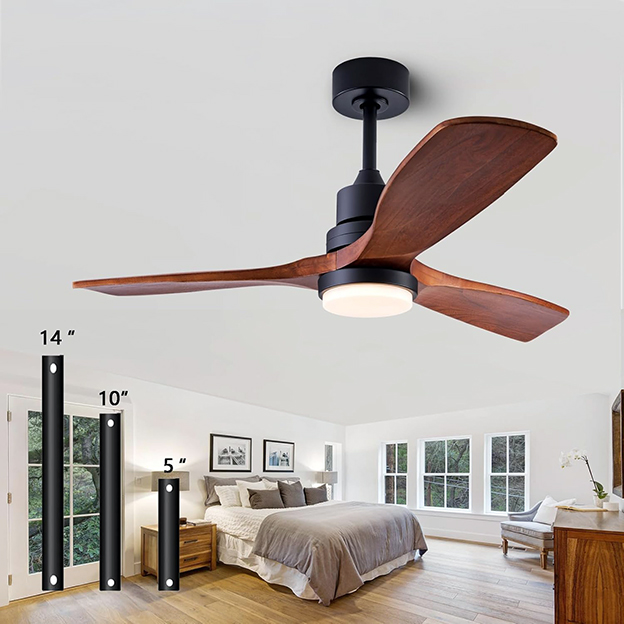In extreme heat, a fan can be your friend — or not.
New research finds that electric fans might help cool you down even at higher temperatures than previously thought, if you use them the right way.
The finding is the latest in a long quest to pinpoint exactly when it’s too hot to use an electric fan. Since the 1990s, the CDC has cautioned against fan use above 90 degrees Fahrenheit. The new study, published this week in JAMA Network Open, suggests that in certain conditions – particularly when fans are combined with skin wetting – they may help reduce heat strain and improve comfort, even in 100-degree heat.
“When the air temperature becomes greater than our skin temperature, then we actually gain heat from the environment,” said Daniel Gagnon, PhD, an expert in thermal physiology and co-author of the new study. That’s why fans can sometimes increase your body temperature, despite feeling cool.
With climate change fueling longer, more dangerous heat waves, especially in urban areas, figuring out safe and effective ways to cool down is crucial, particularly for older adults and people with heart conditions, who are more susceptible to heat-related illness. Here’s what the new research found.
- There is a tipping point when it comes to using fans to stay cool.
Why it matters: In the study, when people used fans for cooling in conditions of 100 degrees Fahrenheit and 60% humidity, the fans “reduced the amount of work that the heart was doing and reduced internal body temperature a little bit,” said Gagnon, an associate professor of kinesiology at Université de Montréal in Canada. “People felt better, and they had better sensations of comfort.”
The study included people ages 65 and older — including some with heart disease — but its results can apply to people of all ages, Gagnon said.
The takeaway: When people used fans in 104 degrees, the researchers saw signs that their bodies were heating up, putting them at risk for heat-related illnesses. If you’re concerned, use air-conditioning or seek out air-conditioned public spaces. Dialing 211 can help you find one.
- Fan use only works if you stay hydrated.
Why it matters: Sweat cools the body by letting internal heat escape through evaporation. A fan speeds that process by boosting convective heat transfer — the same way a convection oven moves heat to a food’s surface, helping it cook faster. But it only works if you’re sweating enough to keep the cycle going. That’s why you need to drink plenty of water.
The takeaway: Aim for about 8 ounces of water per hour — that’s how much people in the study drank. Don’t wait until you’re thirsty; carry water with you and sip constantly.
- Skin wetting can help a fan cool you more effectively.
Why it matters: Using multiple cooling techniques is a great approach to hot days, Gagnon said. If you have air conditioning and want to save energy, use it to cool the room slightly. Then turn on a fan and mist your skin.
And when temperatures do rise to extremes, combining the fan with skin wetting may still help keep you cool. During experiments in 104-degree rooms, “it reduced the amount of work that the heart does, it reduced sweating, and people felt a little bit better,” Gagnon said.
The takeaway: For this strategy to work, you need to keep your skin constantly wet. In the experiments, people used a spray bottle, but it’s OK to use other options like wet cloths. Make sure you’re paying attention to the temperature of where you are — indoor air temperatures can be hotter than outdoors, especially in spaces with poor ventilation or no air conditioning.
If you notice signs of heat exhaustion — like dizziness, nausea, headache, or blurred vision — get out of the heat right away, rest, and drink plenty of fluids. Someone with heat exhaustion should seek medical care if symptoms don’t improve within an hour or immediately if they become confused or distressed, pass out, or can’t keep fluids down.
Credit: webmd









